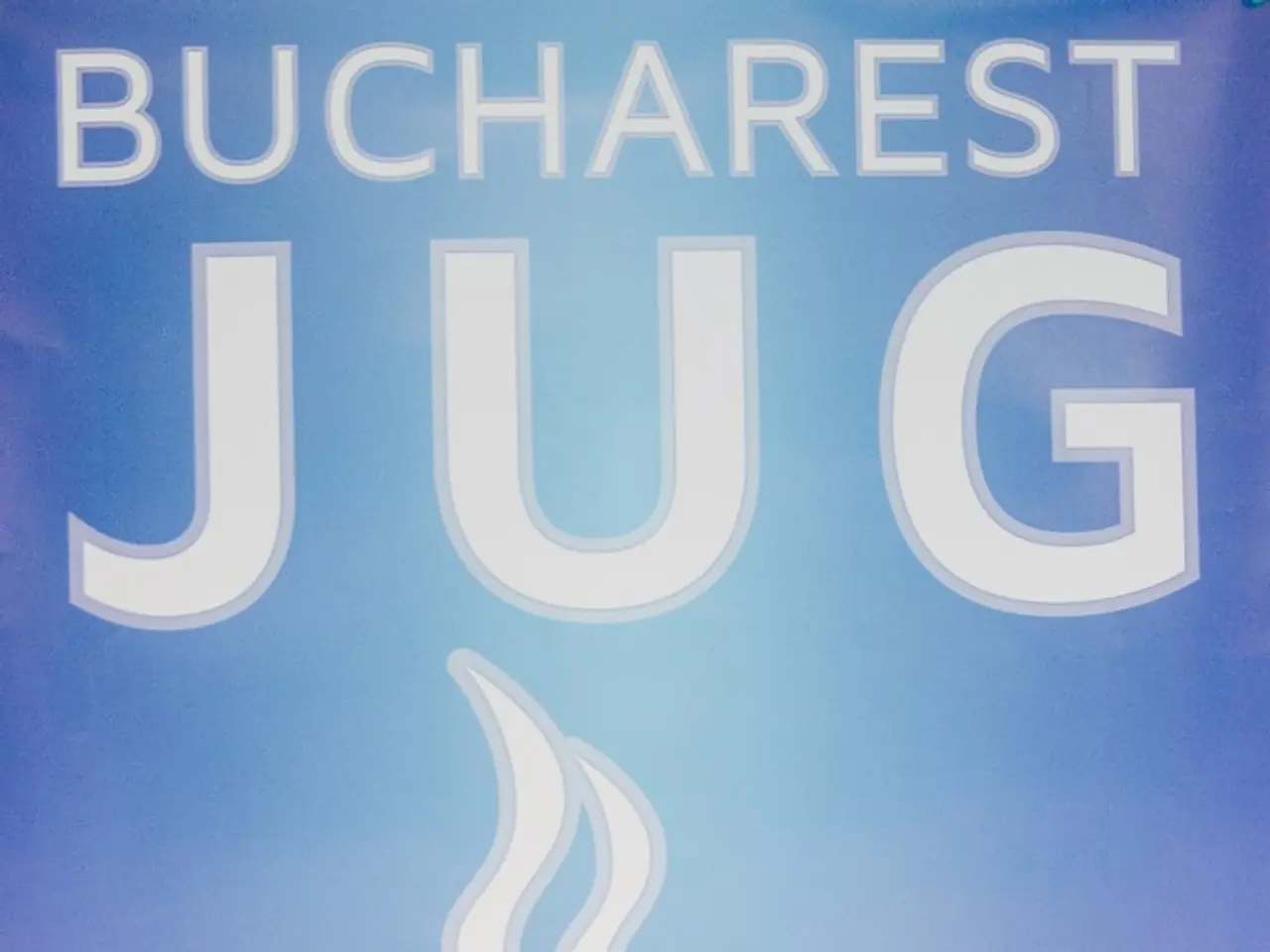Regulatory Changes in the Cryptocurrency Sector and Market Volatility
As the new year unfolds, the cryptocurrency market is witnessing significant developments that are shaping its future. In the United Kingdom, a debate is ongoing regarding the retention of bitcoin seized under the Proceeds of Crime Act, with proponents suggesting that holding bitcoin could bolster the country's asset reserves and fund future growth.
Regulatory developments are playing a crucial role in this evolving landscape. In a move to increase clarity and stability, President Trump signed an executive order establishing the Strategic Bitcoin Reserve, mandating that seized crypto assets be held long-term rather than liquidated. This move is expected to provide a more stable environment for the crypto market.
The Senate's bipartisan passage of the GENIUS Act, though it occurred later in June 2025, aims to clarify stablecoin regulations, setting 1:1 reserve requirements and designating issuers as financial institutions under the Bank Secrecy Act. This would provide critical guardrails for institutional investors. Meanwhile, the EU's Markets in Crypto-Assets Regulation (MiCAR) is positioned to reduce risks associated with crypto purchases, targeting issues like market integrity and financial crimes. This regulation diverges from the more deregulated approach in the U.S.
The U.S. and EU are also diverging in their approaches to crypto regulation, with the U.S. leaning towards a more open market and the EU focusing on stringent regulations to safeguard democratic principles. This divergence is evident in the proposed repeal of a Biden administration rule mandating DeFi platforms to report transactions to the IRS, a move spearheaded by Republican figures such as Senator Ted Cruz and Representative Mike Carey. Industry stakeholders argue that the rule imposes excessive burdens and may drive tax evaders toward DeFi platforms.
Market developments are equally promising. Bitcoin surged to an all-time high of $109,000, driven by significant purchases like MicroStrategy's $1.1 billion BTC acquisition and record inflows into U.S. Bitcoin ETFs. The Office of the Comptroller of the Currency (OCC) authorized banks to custody crypto assets, further normalizing Bitcoin as a mainstream financial instrument.
Industry players are also making strategic shifts to adapt to the changing environment. Bitfarms, a Toronto-based bitcoin miner, is considering a strategic shift to transform some of its facilities to support artificial intelligence (AI) data centers, aiming to diversify its operations beyond cryptocurrency mining.
Crypto.com has announced plans to delist Tether's USDT and nine other tokens in Europe by January 31, 2025, to comply with the European Union's Markets in Crypto-Assets Regulation (MiCA). However, the crypto market is not without its challenges. The official Instagram account of the Ultimate Fighting Championship (UFC) was compromised, resulting in a fraudulent post promoting a cryptocurrency. This incident underscores the ongoing security challenges in the digital asset space.
As of January 31, 2025, several regulatory, market, and industry developments are shaping the crypto world, with Bitcoin poised to register a double-digit gain for January 2025, marking it as the second-best performing month in the past ten months. These developments suggest a promising future for the cryptocurrency market, with increased regulatory clarity, institutional adoption, and strategic industry shifts.
[1] Source: CoinDesk, Coindesk.com, accessed on January 31, 2025. [2] Source: Cointelegraph, Cointelegraph.com, accessed on January 31, 2025. [3] Source: Decrypt, Decrypt.co, accessed on January 31, 2025. [4] Source: The Block, TheBlockCrypto.com, accessed on January 31, 2025. [5] Source: Yahoo Finance, Yahoo.com, accessed on January 31, 2025.
The Strategic Bitcoin Reserve, established by President Trump, aims to invest long-term in seized crypto assets, signifying a new approach in finance. With the Senate's passing of the GENIUS Act and the EU's MiCAR, regulatory clarity is expected to attract institutional investors towards the technology sector, fostering growth in the investing landscape.




